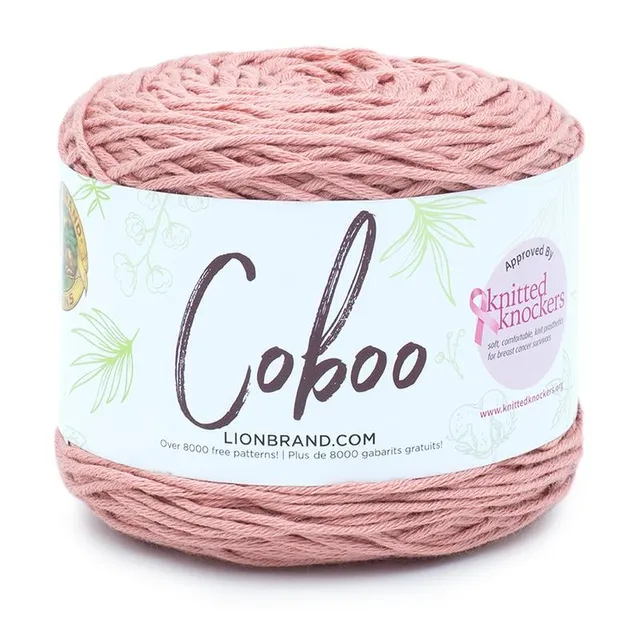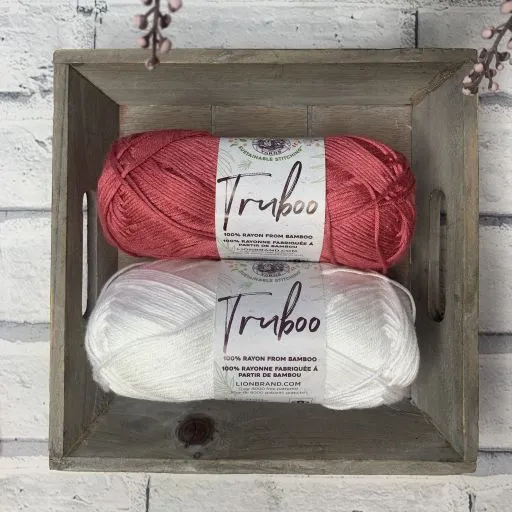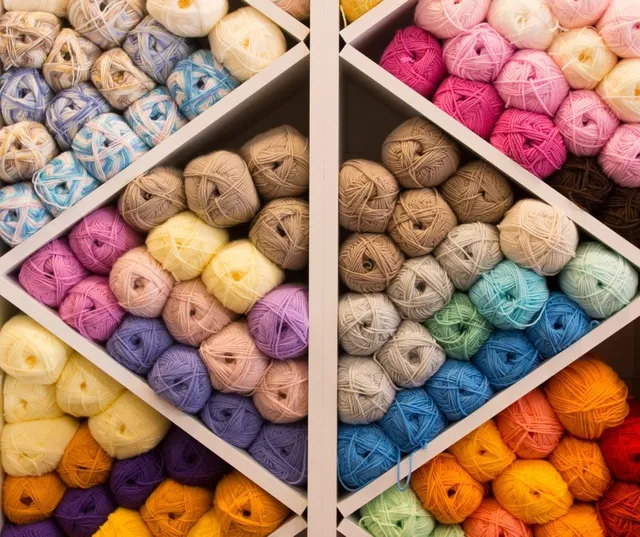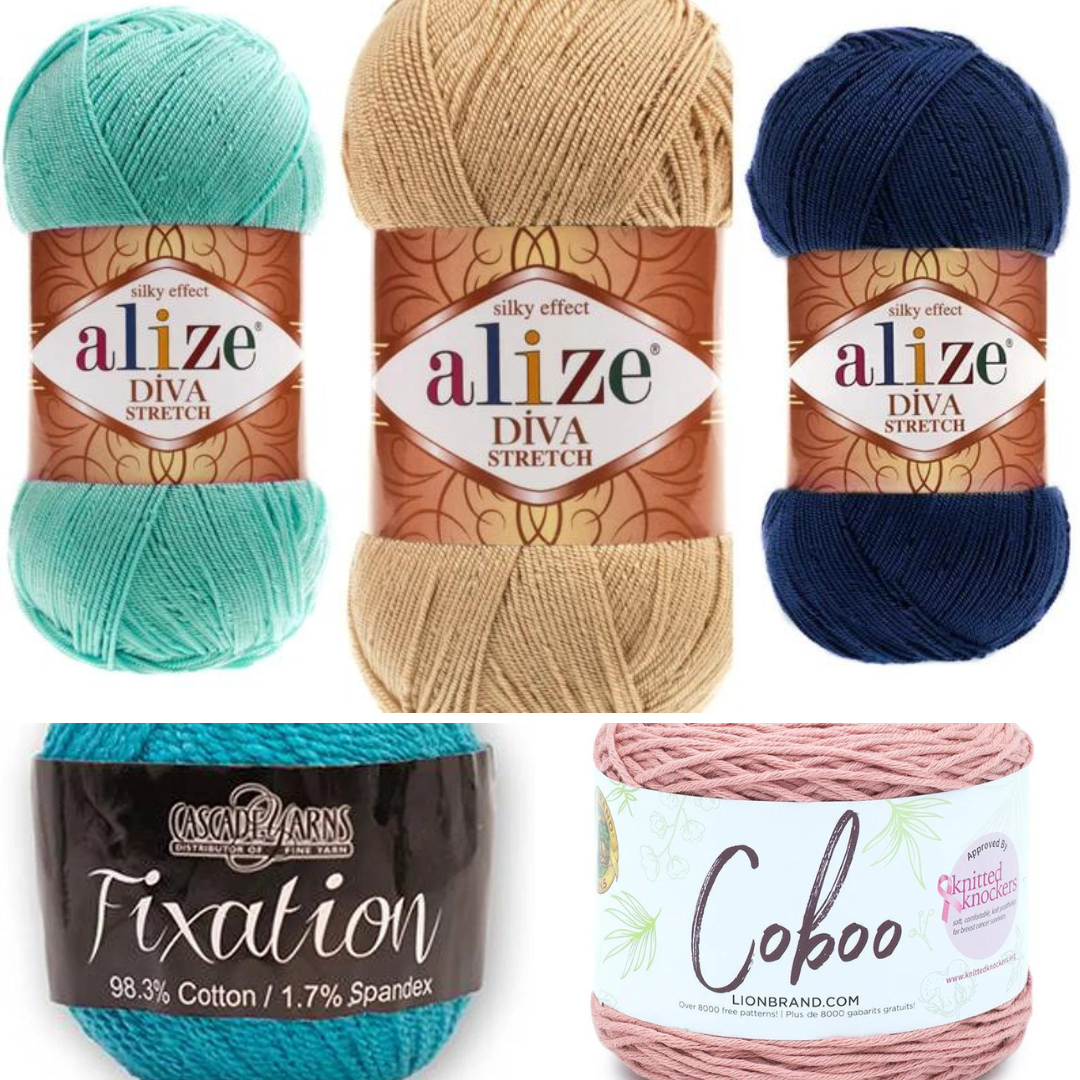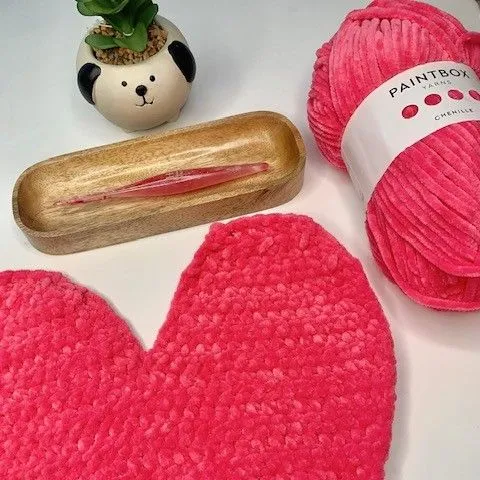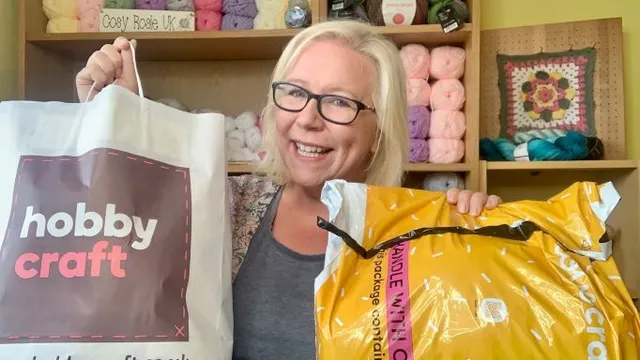Best Yarn for Crochet
Which yarns are best for crochet? You’ll find all the things to consider when selecting your first yarns to use as you learn to crochet and practice your stitches, with along with some great hints and tips about selecting yarn for bigger projects too!
Please note that some of the links in my blog are affiliate links. I may earn a small commission if you purchase via this links, but the price you pay is not affected
Best Yarn for Crochet | Yarn Recomendations
The amount of yarns out there to crochet with are mindboggling, and as you learn to crochet, it’s important that you select the yarns that will make crochet easiest!
As a beginner, you need to be able to see exactly where you hook should be inserted into the stitch, be able to see the different elements that the stitch is made up of and you want to enjoy the learning process. With my recommendations, you will easily be able to chose yarn confidently when you visit your local yarn shop!
Some yarns are easier to work with than others. Knowing the best fibres to chose, the easier colours to work with and the yarns that you can easily undo when mistakes happen, (which they will), will mean you can get on with the fun part of learning to crochet!
There are a 5 big things to consider when picking out yarn! This are the same whether you are new to crochet or an experienced crocheter! Read through the list and check out my things to consider at the end too!
5 Things to Consider When Buying Yarn
Lets get started with the major thing to consider when choosing yarn for a project, the yarn fibre! This is a big subject so you’ll find a brief overview here to allow you to make a good choice.
1. Different Yarn Fibre Content
The first thing to decide with picking your yarn is what fibre you want your yarn to be. There are so many options available from animal fibres such as sheep’s
wool or alpaca, through to eco friendly cotton or bamboo yarn!
The 3 main choices that the majority of crochet patterns will use are wool, acrylic or cotton – and all of them are great to get started with!
Wool Yarn
Wool has some amazing qualities and one of those makes a great choice for practicing and learning to crochet. It’s a hard wearing yarn which makes it easy to undo your work if you make a mistake. It’s worth noting that I’m not referring to those fluffy, mohair style yarns. Just a plain old ball of wool.
You need to be aware of wool allergies, of course! That’s the biggest drawback when it comes to using 100% wool, alongside the care instructions – more on that later!
You can pick up acrylic yarn everywhere and at some super low prices too! It comes in every possible colour imaginable, but not all acrylic yarns are the same quality – and that is reflected in the price.
Lower cost acrylic yarns will spilt easily, not what we need when learning to crochet! It makes seeing your stitches harder to see and can also mean you miss stitches too – and we don’t need to make learning to crochet any harder!
One of my favourite acrylic yarns is Furls Wonder Yarn – it’s a higher price point that most 100% acrylic yarns, but the quality is outstanding and it’s an absolute pleasure to work with – Click here to read my review.
100% Cotton yarn does not have any elasticity or stretch to it, unlike wool and acrylic yarn, which can make it a tougher choice and a bigger challenge when learning to crochet. But, I would highly recommend trying it!
All natural fibres are a great choice for warmer weather makes and the range of cotton yarns that are blended with either acrylic or other natural fibres like bamboo can be incredibly soft!
I like to crochet all year round and find that in the heat, it’s better to work with a 100% cotton or a cotton blend as it slips through my fingers easier when things are a little hot!
If you need some inspiration of patterns to crochet with cotton – CLICK HERE
My favourite 100% cotton is Paintbox Yarns DK and I’ve recently made a cardigan in Lion Brand CoBoo which is a cotton/bamboo blend and fallen in love with it. You can read my review of this yarn by clicking here.

2. Ball Weight & Yardage
When picking out yarn – we all want the most yarn for our buck! So, for when we are practicing our stitches, and especially when selecting yarn for big projects, pay attention to the important information about the weight of the ball and the length of yarn!
A heavier ball or skein of yarn may seem better value, but the yardage of the ball tells you exactly how much yarn there is on the ball! All the information you need is on the ball band or skein label.
I wouldn’t recommend judging the size of a ball by eye either! A big ball of yarn does not equate to a lot of lovely yarn!
When we add in the size of the yarn itself, from DK to super chunky, you’ll get more yards in a 100g ball of DK than you would in a 100g ball of super chunky!
3. Yarn Weight
Yarn weight is different to the ball weight – here I am referring to the thickness of the yarn from Size 3 (DK) through to super bulky. This is an important one to take notice of when we are learning to crochet as a medium weight yarn such as a worsted or Aran weight yarn will make your stitches bigger and easier to see than practicing with a sport or fingering weight yarn.
When I host my face to face classes, I teach using a chunky weight yarn and a lovely 6mm hook! It means that the various posts and loops are easy to see and explain.
Don’t be afraid to try different yarn weights – we all love different things!
Whatever weight yarn you are using, make sure you are checking the yarn band for the recommended crochet hook size and use that (unless you are following a pattern that specifies a different sized hook). Click here for my recommended crochet hooks for beginners.
4. Yarn Colour!
For me this is where I go a bit mad – I love colourful, yarn from super brights through to pretty pastels! That might explain why I have quite the yarn stash! There are some colours that people find it a lot more challenging to work with and that even experienced crocheters will avoid wherever possible!
To ensure that you can work easily into your stitches, clearly seeing the loops from the posts of the stitches, I would avoid dark coloured yarn; especially black, navy and dark brown.
It’s notoriously challenging to work with dark colours, and the same could be said for extremely light colours like white! It’s not to say you can never use them, it’s just it will take practice and familiarity to ensure you know where to insert the hook. When I’m working with dark yarns, I have a white tray that I pop on my lap to help me see through the stitches easier. I find that works better than shining light to the top of my project.

5. Shade Dye Lots
After selecting your colour, if you are buying more than one ball in that shade, it’s very important to triple check that all the balls have the same lot number!
When looking at the ball band, you will see the following
- shade name (or number)
- Dye Lot
The shade names should match along with the dye lot numbers if you are purchasing more than one ball!
The variations in the dying process may not show when the yarn is in a ball or caked, but boy oh boy will it show when you work the yarn for your project!
Sometimes, the different is subtle, other times is so apparent it’s a different colour completely!
If you are ever in doubt that you have enough yarn for your project, simply purchase 1 (or 2) extra balls in the shade you want to prevent you having to call around all the yarn shops to find 1 more ball – I’ve been in this position and it’s quite stressful and easy to avoid.
Most yarn shops will allow you to return unused yarn, so it’s worth picking up that extra ball to avoid the issue.
Other Things to Consider When Buying Yarn
Care Instructions
This is a big consideration for me both when I am making and designing! I hate handwashing and having to lay things flat to dry! There are so many great 100% wool, natural fibres and acrylic yarns out there that are perfect for throwing into the washing machine and even the tumble dryer – why wouldn’t you pick them!
You may not mind handwashing to get the yarn fibre you want, so just make sure you check the yarn label before making that purchase – and make a note if there are special instructions!
Yarn Texture
It’s worth noting that when learning to crochet there are some textures that you should avoid when starting out. I mentioned mohair earlier but there are others to consider leaving until you have had lots of practice. Faux fur yarn, eyelash, fashion, and other textured yarns can be frustrating to use but incredibly fun too!
Don’t rule them out, but be prepared that your project may take a little longer with these types of yarns.
Ethics and the Environment
Vegan choices, eco friendly and sustainable choices should always be a consideration and will of course, be down to your personal preferences.
There are so many choices from recycled t-shirt yarn through to environmentally friendly produced cotton yarns – the choices are out there just waiting to be found.
This is a topic I am currently researching more into as I am conscious of the impact of acrylic fibres on the environment and the water used to produce yarn too.
Make Your Choice and Have Fun!
Ultimately, the yarn you chose will allow you to craft until your heart is content. Crochet is such a fun craft and the possibilities of what you can make with yarn are endless!


